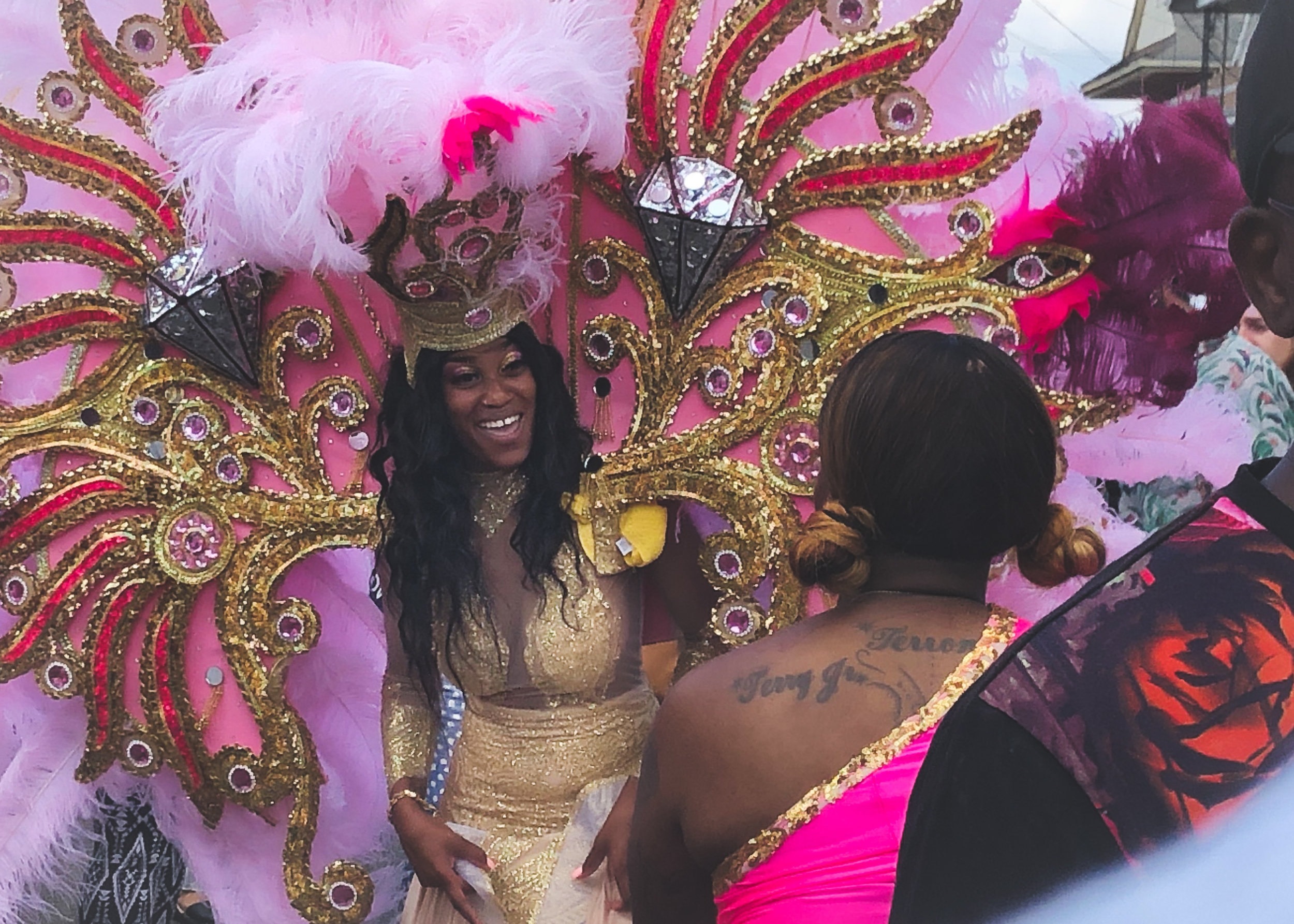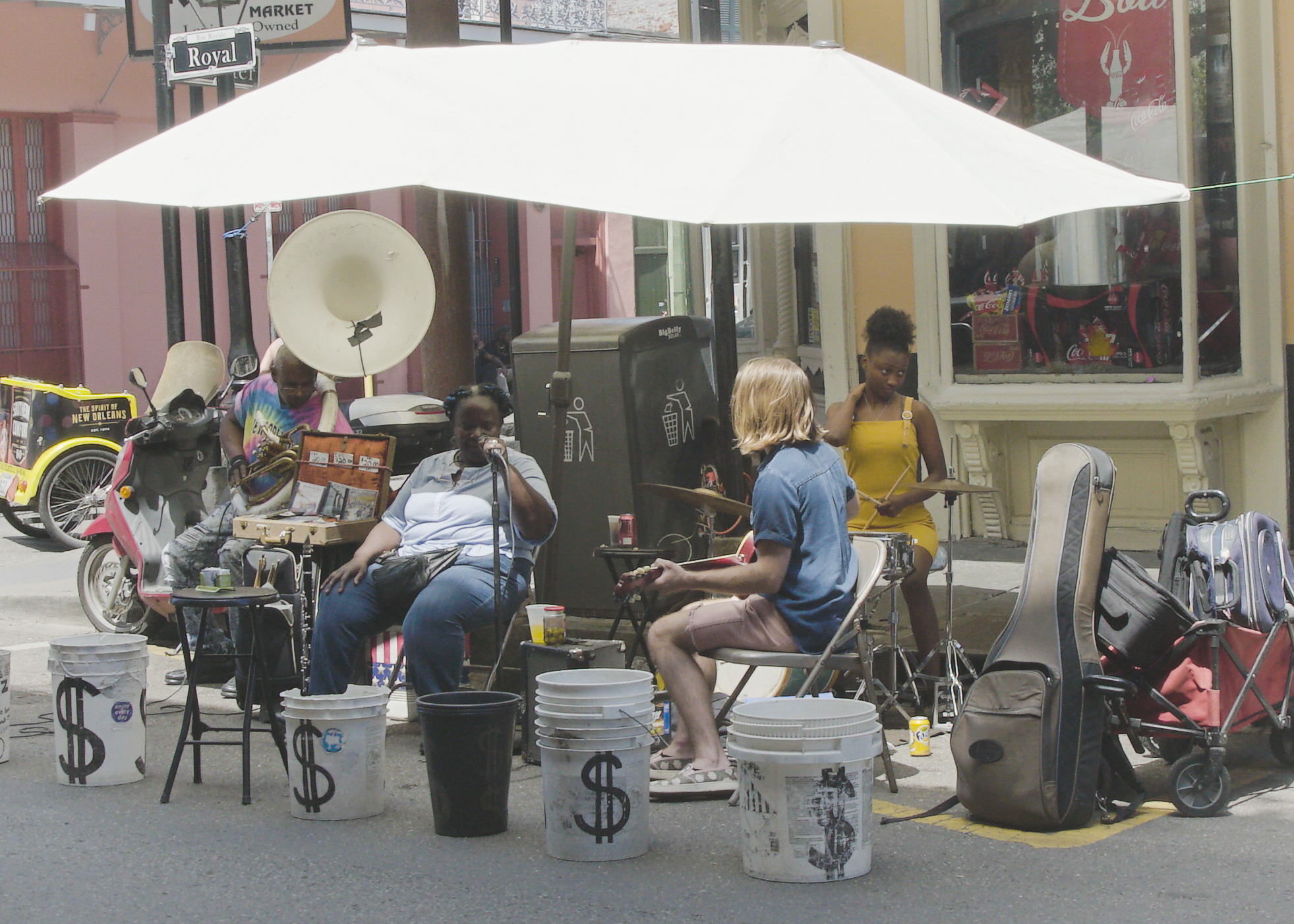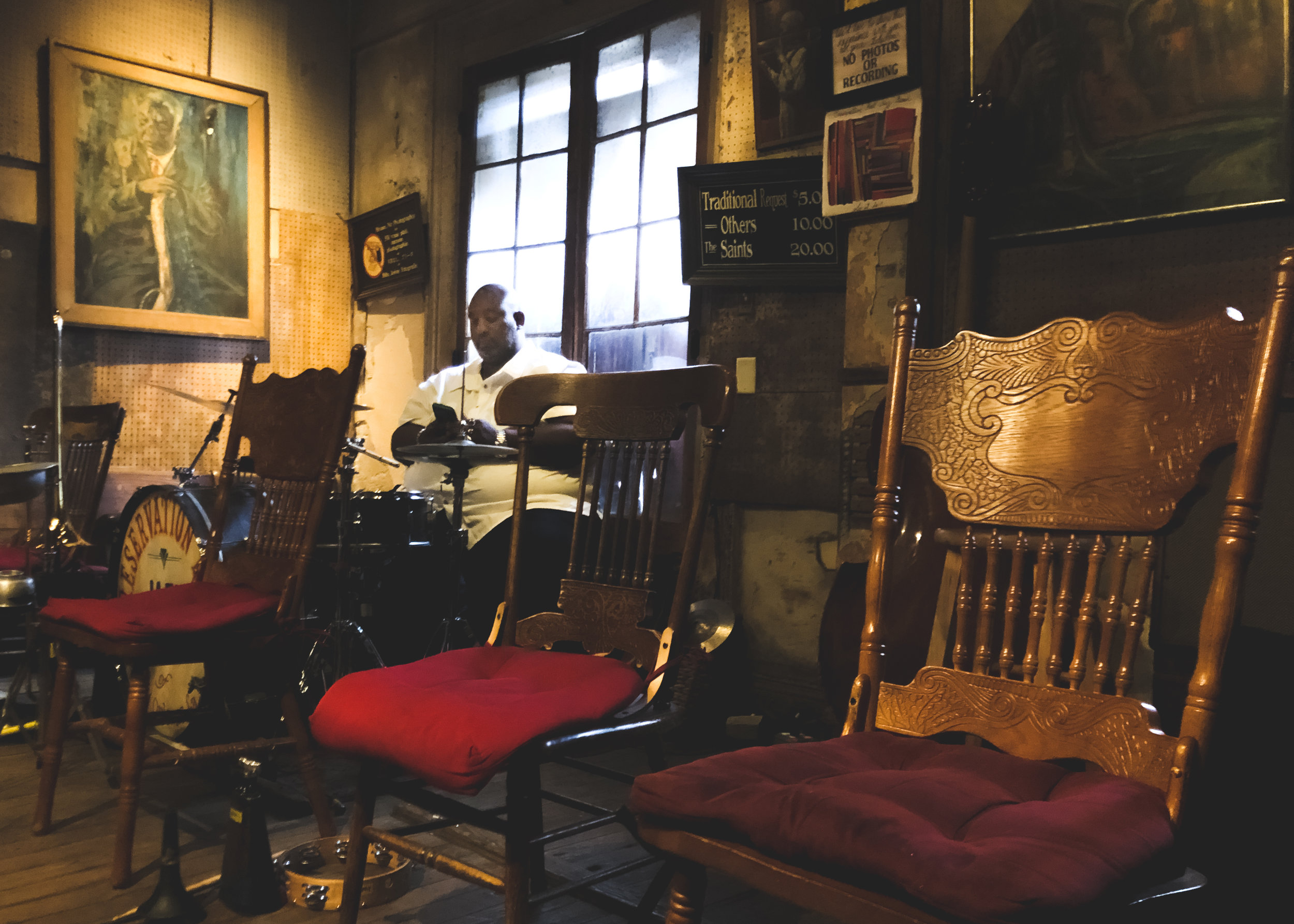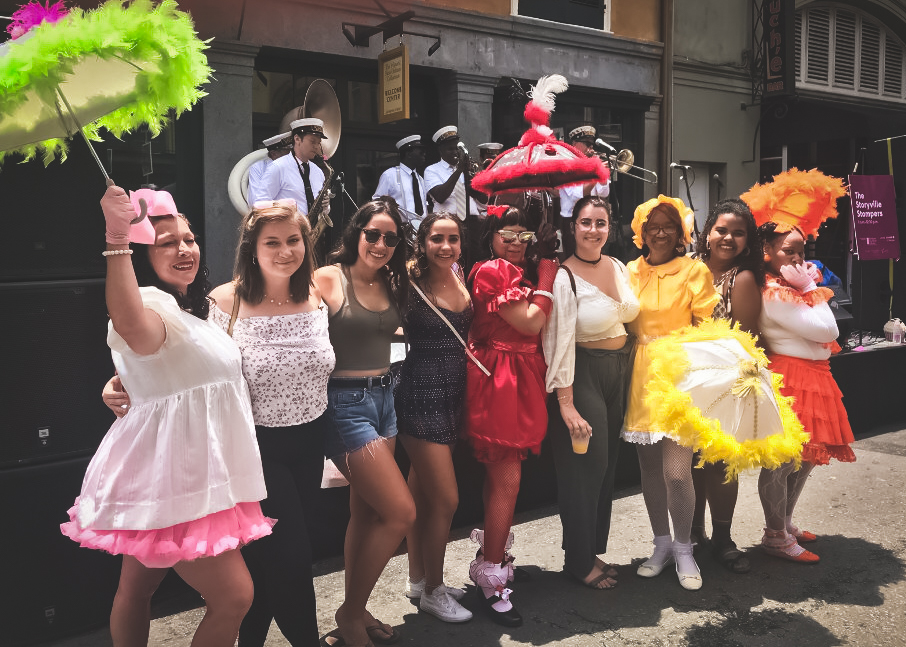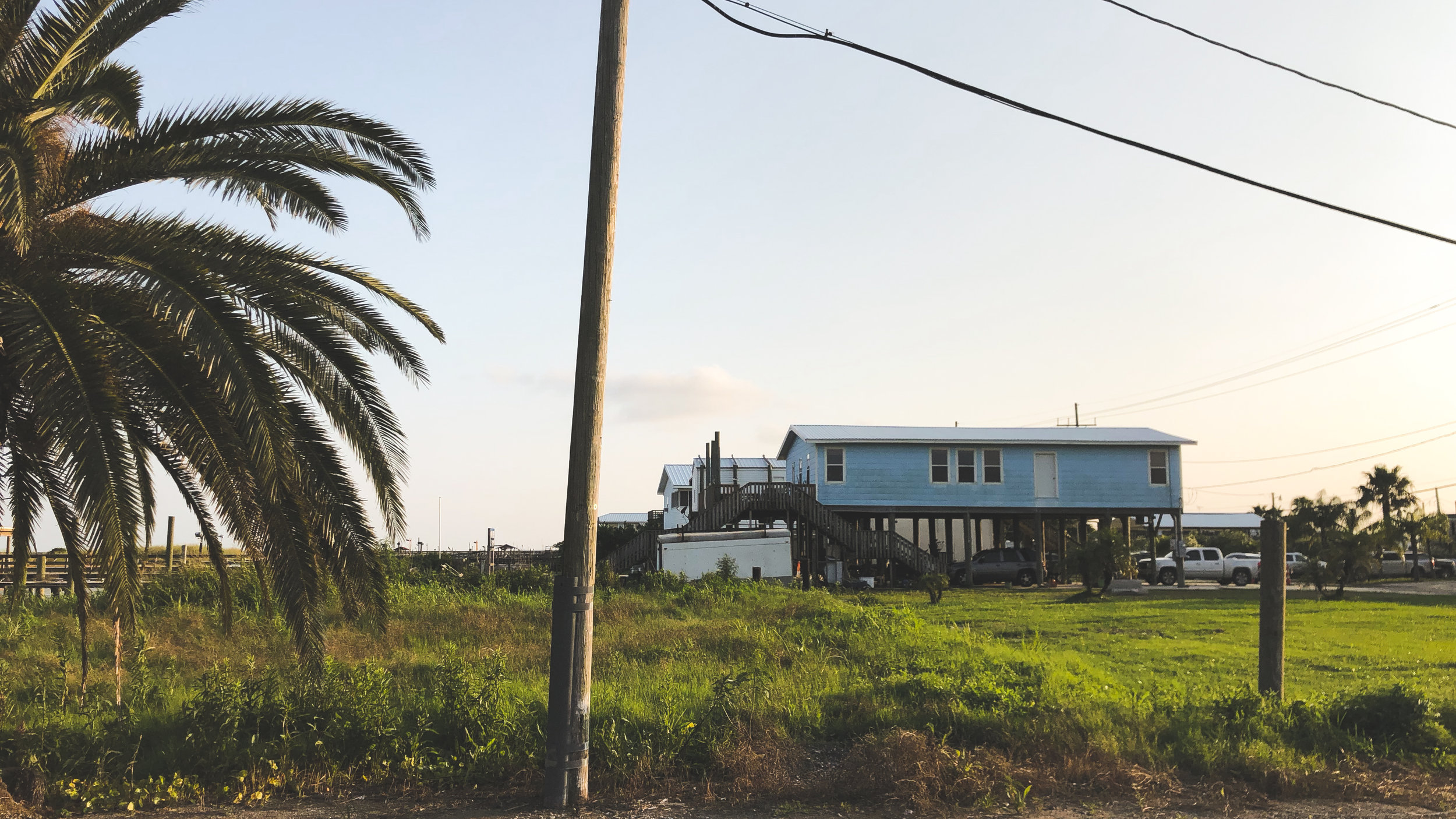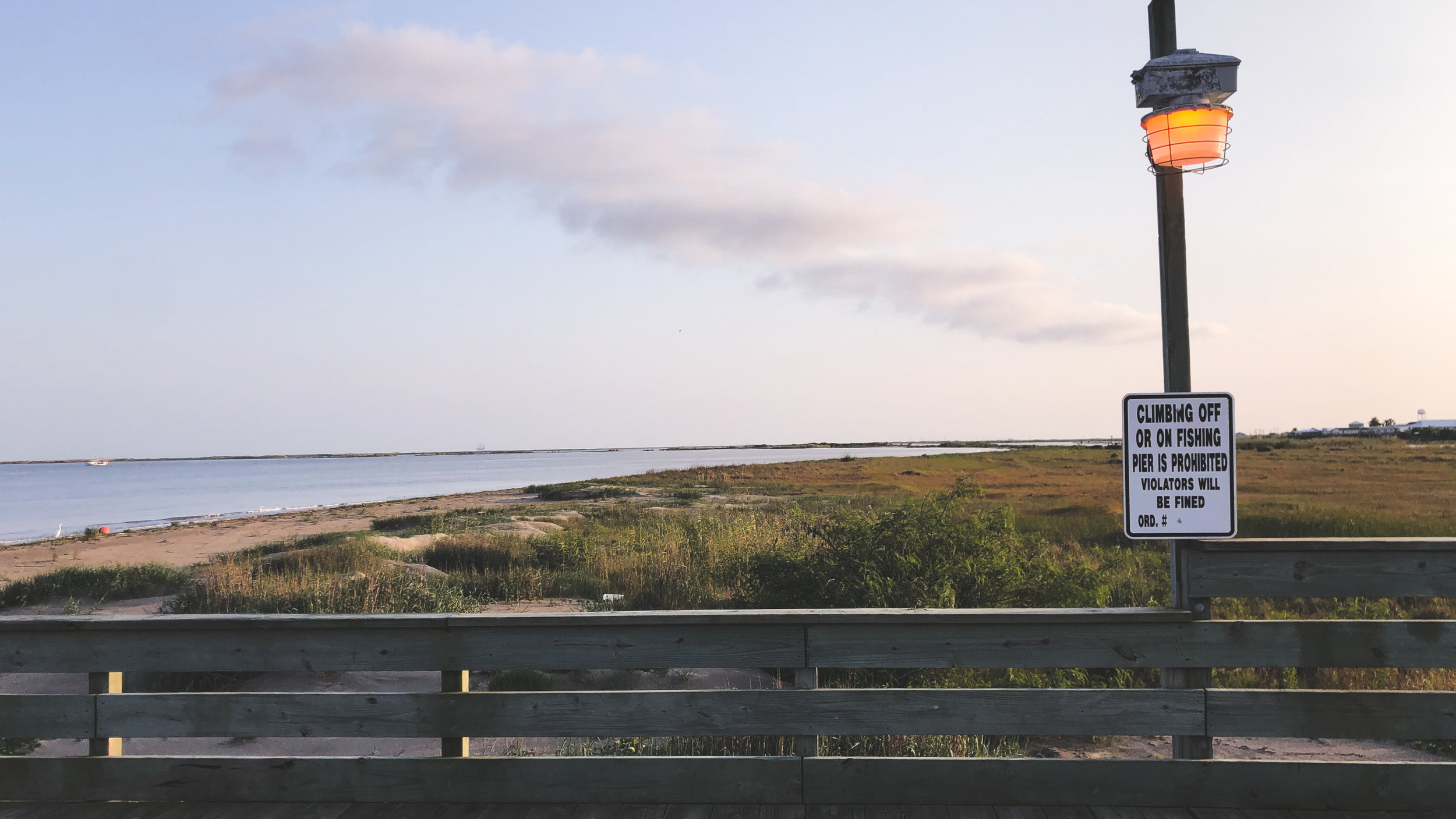New Orleans wouldn’t be what it is today without its music. Its culture. Its madness. From country to folk to, of course, jazz, one of the best things about roaming the city streets is the prevalence of music at every corner and the opportunities we had to explore its history and sound.
Michael Ondaatje’s Coming through Slaughter was one of my favorite books to read while in New Orleans. The story follows, or rather skips forwards, backwards, and sideways through the life of Buddy Bolden, local legend and supposed father of jazz. Truly very little is known about him other than the memories of his spellbinding horn playing and chaotic presence, but after reading his story I could feel glimmers of Bolden’s legacy everywhere I went. Though it is a tale without a happy ending, since Buddy ultimately loses his mind to the music, it captures the essence of the city perfectly. Much like the style the book is written in, New Orleans a crazy conglomeration of people, cultures, histories, and styles. There is no telling what you’ll experience on a given day, but you let the sound and the spirits guide you. In words spoken to us during our visits with Sherriff Bud Torres (who is also a country singer) and A Lesson Before Dying writer Earnest J. Gaines, New Orleans is like gumbo – you mix it all together to make something great.
“It was a music that had so little wisdom you wanted to clean nearly every note he passed, passed it seemed along the way as if travelling in a car, passed before he even approached it and saw it properly. There was no control except the mood of his power … and it is for this reason it is good you never heard him play on recordings. If you never heard him play some place where the weather for instance could change the next series of notes—then you should never have heard him at all. He was never recorded.”
Like Buddy Bolden’s music, it is hard to capture the feeling or describe the sound of our experience – words are elusive and insufficient. The translation of stray chords and collection of noise will hopefully come together to present a sense of the city’s harmony and dissonance in the composition that follows.
One of our first stops in New Orleans was a visit to the Backstreet Cultural Museum. It was sweet learning about the work that goes into the elaborate Mardi Gras costumes of distinguished krewes, and seeing the ensembles that both preserve and inspire culture in every stitch. The more interesting part was discovering the tradition of a New Orleans jazz funeral – it reminded me of the Happy Cemetery back home in Romania, the idea that instead of grief in death there could be celebration of a life well-lived. I imagined the people parading the streets, a community come together. Just prior to our visit we stopped by Congo Square, a place where in the face of great despair, pain, and restraint, the enslaved people of New Orleans would meet on their Sundays off to trade, socialize, dance, and play music. It is a triumph of humanity that great things are born from great depressions – just as Buddy’s music was a mixture of both torment and grace. It stirs the senses and the soul to walk the very streets on which he brought such joy and terror to his community.
“He tore apart the plot - see his music was immediately on top of his own life. Echoing. As if, when he was playing he was lost and hunting for the right accidental notes. Listening to him was like talking to Coleman. You were both changing direction with every sentence, sometimes in the middle, using each other as a springboard through the dark. You were moving so fast it was unimportant to finish and clear everything. He would be describing something in 27 ways. There was pain and gentleness everything jammed into each number.”
Preservation Hall gave us a taste of real New Orleans jazz, where we had the pleasure of listening to local masters create a concoction of beautiful sound. The concert was 45 minutes, but flew by in what felt like 15 – the trance of energy was just that good. Nothing compared to the joy and passion of the slender old man on the trombone, and when he sang the whole room lit up.
Right after, we dropped by Pat O’Brien’s, a local pub featuring two pianos pitted against each-other as they pump out tunes requested by the audience. We sat there and sang along for the better part of an hour, cheering, laughing, and sharing stories. It was far from the last of our musical escapades -- we ran into the infamous Baby Dolls on a stroll through the French Quarter, listened to the mesmerizing sounds of the African Kora in Jackson Square, and were constantly delighted by the changing acts on St. Peter and Royal Street. The sound of New Orleans is ever-changing, but always captivating and unforgettable.
A highlight was walking in the MoneyWasters Second Line parade. The experience was immersive. I think we were expecting to watch a parade to pass us by, but soon after arriving on the scene we realized this was not the case. It was everyone’s parade. The whole town it seemed was out and about, marching, dancing, and having a good time. There were people on horseback, dazzling krewes on floats, and dancers claiming their space on porches and balconies all around us. We joined the commotion and followed the parade for quite a few blocks, mingling and bopping along the way. It was wild, but talking to the locals, it isn’t even what they would consider a real parade! This stuff happens almost every Sunday, and the term “parade” is reserved for only the most distinguished and official musical marches throughout New Orleans. I can’t even image the dynamic stamina of a gathering that much bigger, but I am happy to have been a part of one small slice. After all of this, it was a sweet surprise to be were greeted by a jazz parade at the airport just prior to our departure. I could almost picture Buddy leading the line as the small but lively band made its way amongst the travelers.
To round out our palette, we had the pleasure of stopping by Randol’s for some zydeco dancing and joining two different folk / bluegrass sessions in Lafayette, one at Marie Tante’s and the other at Tom’s Fiddle and Bow. Below is just a sampling of some of the music we got to experience during our time in Louisiana, as well as an eclectic playlist of songs collected throughout – from boom boxes, cafés, nights out, and memories shared, the magic of music is everywhere in Louisiana.


